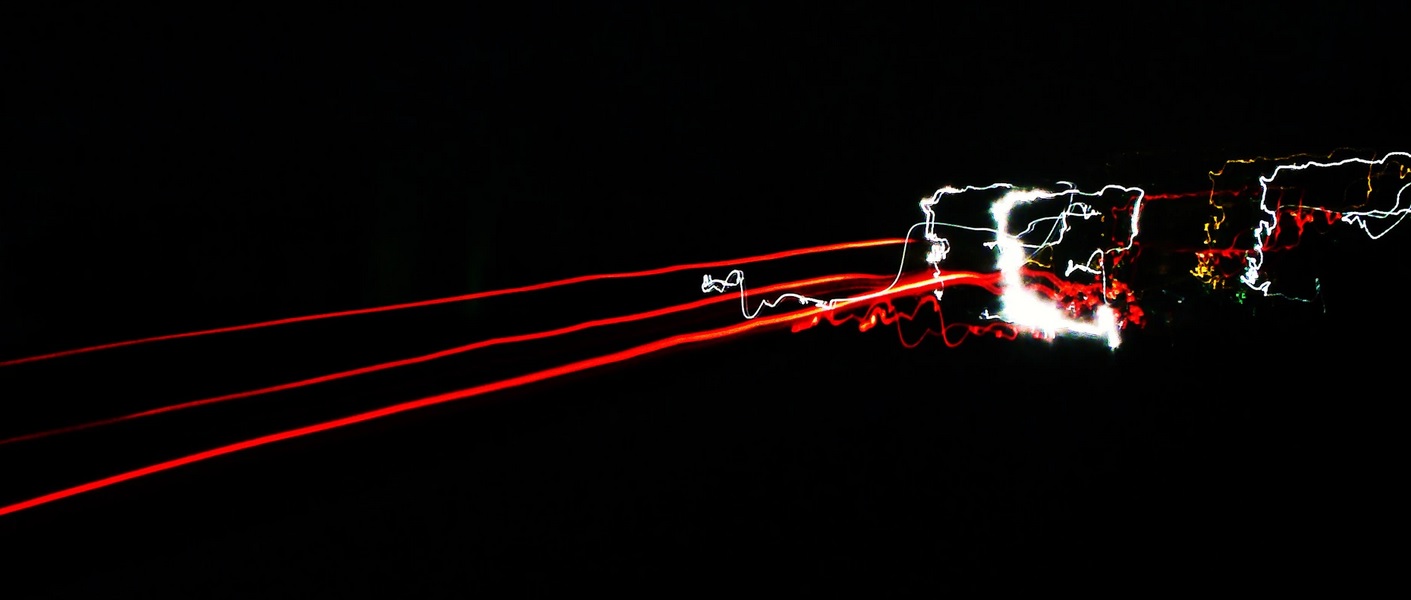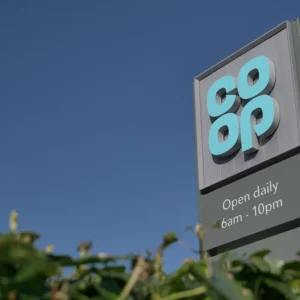
The UK has opened what it describes as the “world’s first commercial-grade quantum network” for testing. The secure network will test quantum key distribution (QKD). This uses the principles of quantum mechanics (that observation affects outcome) rather than mathematical complexity to secure cryptographic keys.
The 125-km optical fibre link is part of the UK Quantum Network (UKQN) project; a collaboration between research and industry supported by the UK’s National Quantum Technologies Programme. The new network runs from telecommunications giant’s BT’s Adastral Park research campus near Ipswich, to Cambridge.
Network to Carry Classical and Quantum Traffic
The link will share encryption keys via a quantum channel over the same fibre that carries the encrypted data itself, BT said today, announcing the network open.
Tests will initially focus on testing the “COW Protocol”, or “Coherent One-Way” quantum key distribution, which, crudely, encodes a cryptographic key upon a single photon (particle of light). As any attempt to read the photons alters their encoding, this allows the secrecy of each key to be tested and guaranteed at the other end of the line.
“Ensuring the data doesn’t swamp the quantum signal is a tough challenge. We use special filters and optimisation algorithms to achieve it…”
Andrew Lord, who runs BT’s research into Optical Networks and QKD in particular, told Computer Business Review in an emailed comment: “This QKD link is a result of two years of collaboration. It uses installed BT fibre and goes through BT exchanges, meaning that all the equipment involved is commercial-grade.”
He added: “A major first is the combination of optical data and quantum keys – ensuring the data doesn’t swamp the quantum signal is a tough challenge, and we use special filters and optimisation algorithms to achieve it. This network proves that QKD has come of age, and we expect to see it introduced to real networks in the future.”
A whitepaper outlining BT’s work with the UK Quantum Network project describes the network itself as having data rates of 500 Gbit/s, being “standard, fairly high-loss fibre” and using “off-the-shelf” IDQ and ADVA equipment.
Read this: This Quantum Cryptography Breakthrough Uses Twin Particles of Light
BT said in a release: “The new high-speed link will enable testing and demonstration of new quantum technologies. This will include trials of how these technologies can be used to secure critical and sensitive data across vertical industry sectors such as healthcare, banking, defence and logistics.”
One major issue with QKD remains range, which is currently limited to a few hundred kilometers of optical fibre. This is because the photons carrying the information can be scattered and thereby lost from the fibre, reducing the rate at which secret keys can be formed. (The longest demonstration of QKD to date, over 404 kilometres of special low loss fibre had a secure key rate of 0.32 milli-bit/sec, or 1.15 bit/hour.)
 Quantum Key Distribution: Twin-Field Progress May Boost Transmission Distance
Quantum Key Distribution: Twin-Field Progress May Boost Transmission Distance
While QKD networks using the COW Protocol can be daisy-chained together to increase the total transmission distance, this requires that the intermediate stations are in a secure location. One option being worked on to overcome this issue is Twin-Field QKD, in which light pulses are sent from both ends of the fibre to a central location, where a photon is detected; the central location does not need to be secure.
Andrew Lord told Computer Business Review: “We plan to use multiple other protocols in the future, including Twin-Field and entanglement.”
BT added: “The quantum-secured link directly connects not only the research facilities of the BT Labs and the University of Cambridge, but also the high-tech industry clusters at each end: the Cambridge Science Park and Innovation Martlesham near Ipswich. This opens the door to a huge range of trial projects focused on quantum secure network technologies and services with potential for exploitation by industry.”
Universities of Cambridge and York Heavily Involved
The network was built by the core partners of the Quantum Communications Hub – BT, and the universities of Cambridge and York. Support for the development was provided by ID Quantique and ADVA, who supplied the QKD systems and optical transmission equipment, and the system-specific expertise required to integrate it.
Chris Skidmore, Minister of State for Universities, Science, Research and Innovation, said: “The first ever commercial grade, quantum network link between Suffolk and Cambridge is an important step in protecting the UK from cyber threats. The success of our modern Industrial Strategy depends on us maintaining the UK as a hotbed of innovation. We have identified AI and Data as a Grand Challenge to ensure we build on our world-leading reputation in harnessing new technologies, which we will achieve in quantum technology through continued collaboration between industry, government and the National Quantum Technologies Programme.”

 Quantum Key Distribution: Twin-Field Progress May Boost Transmission Distance
Quantum Key Distribution: Twin-Field Progress May Boost Transmission Distance




